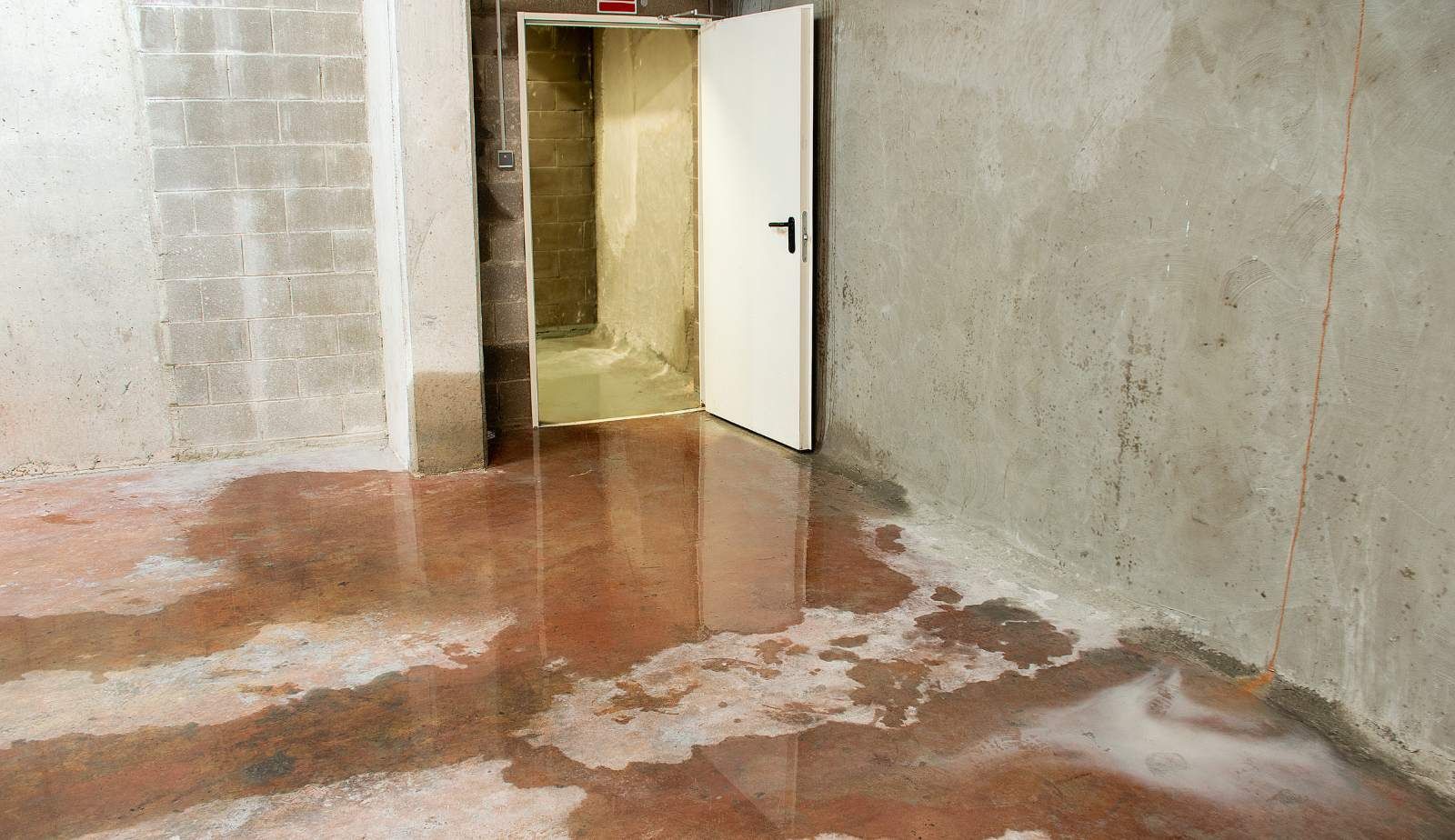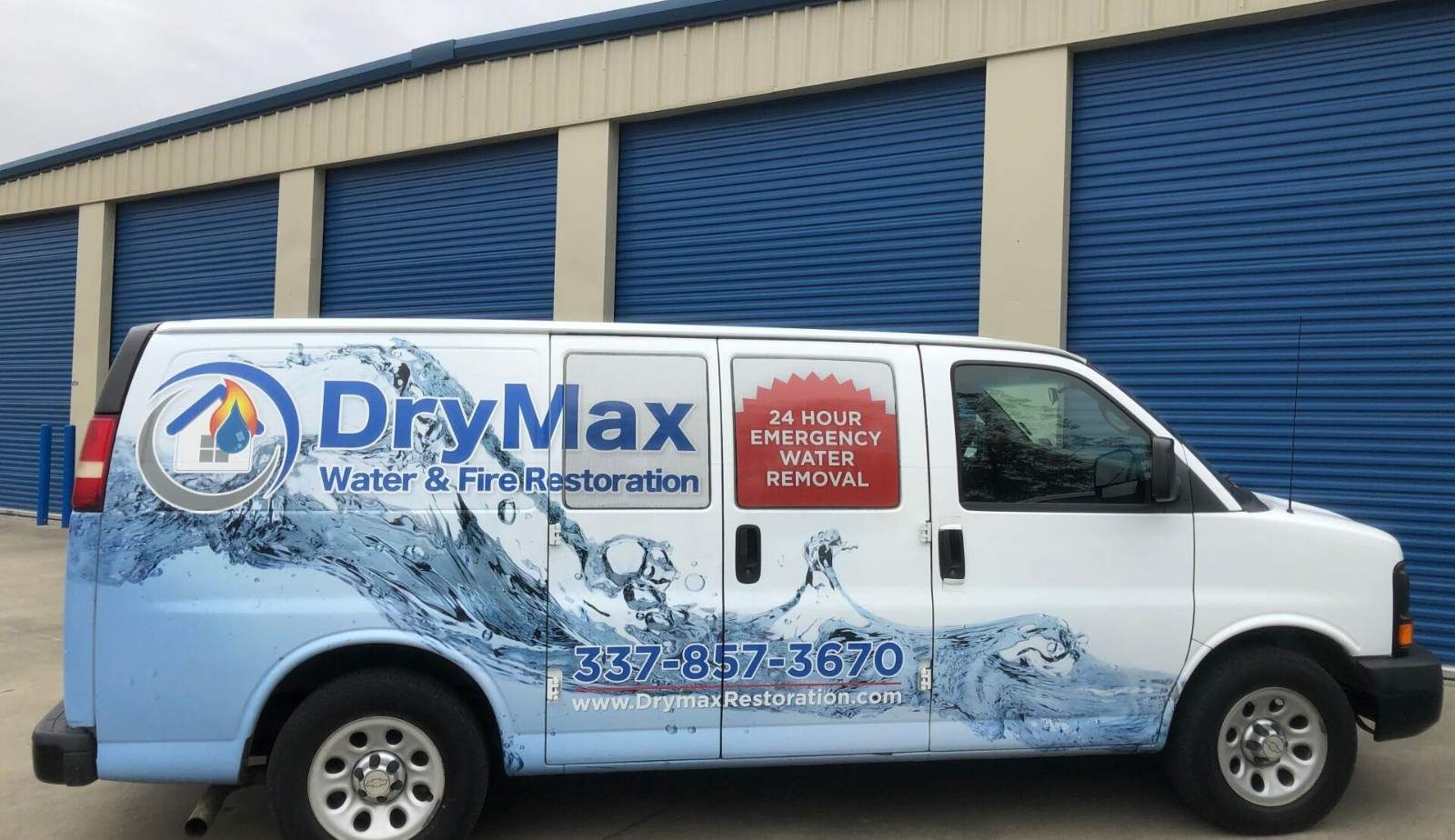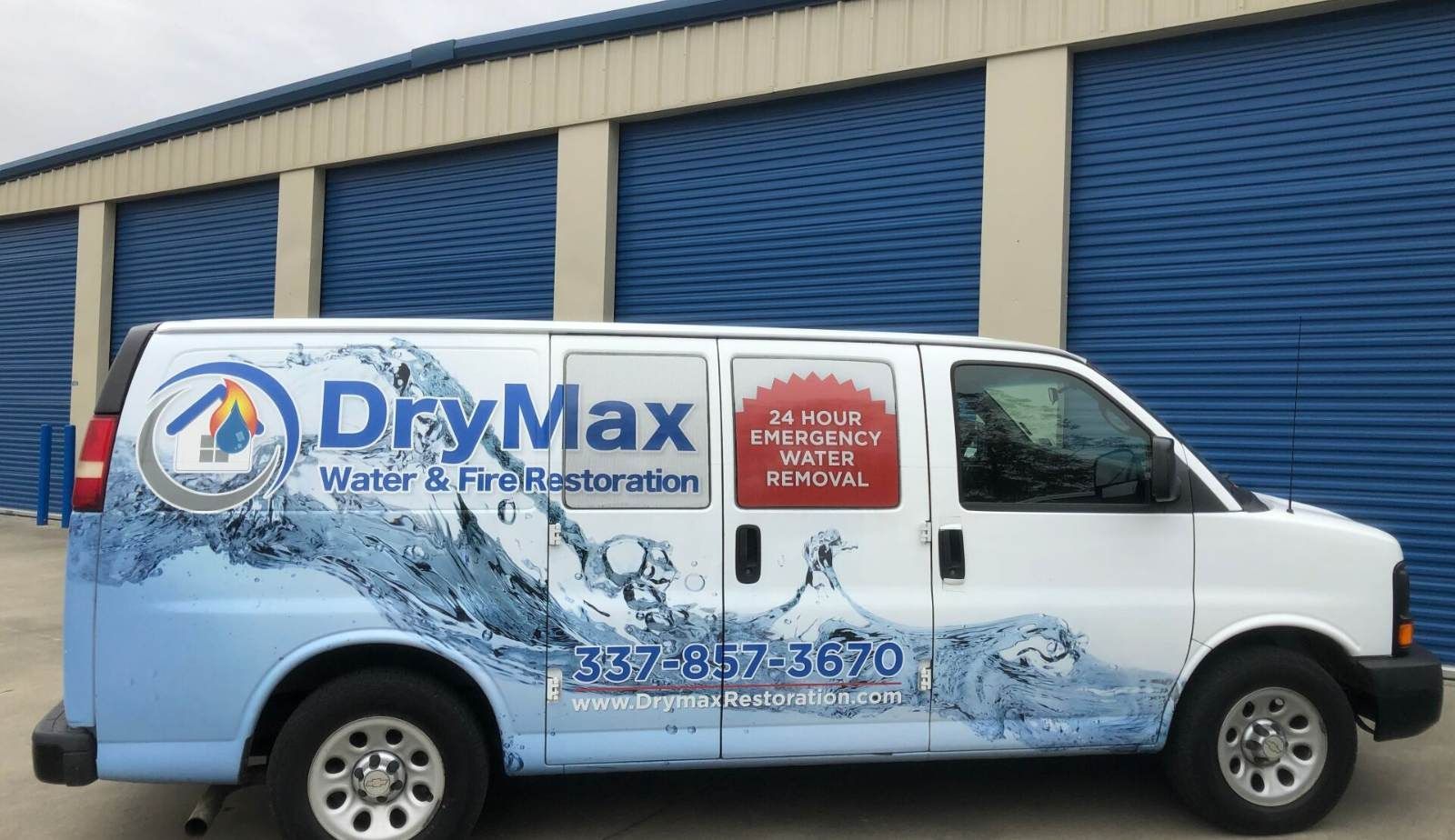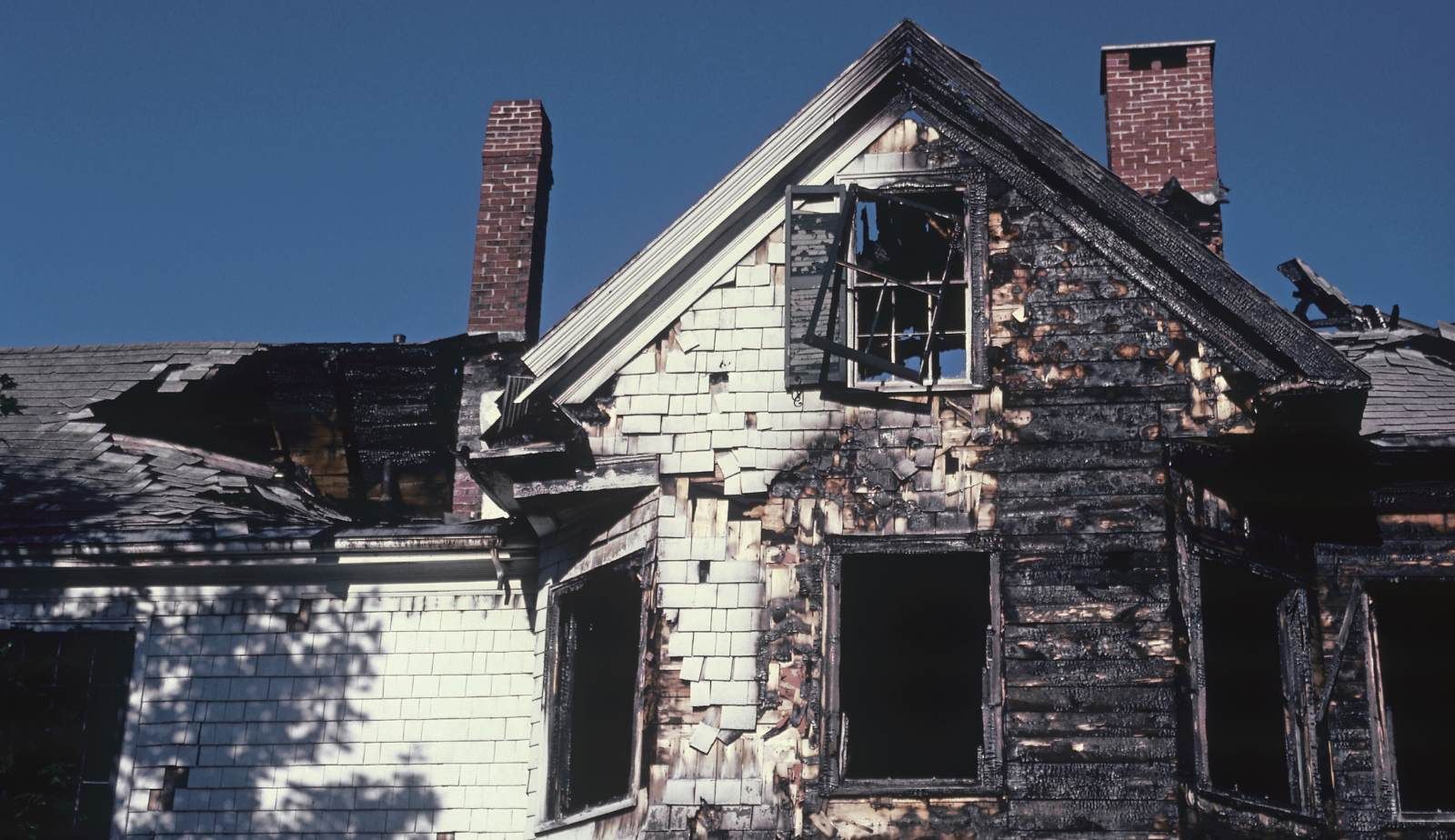Top Signs of Hidden Water Damage in Louisiana Homes Drymax Insight on Detection and Prevention
Hidden water damage is a common issue for homeowners in Louisiana due to the state's humid climate and frequent storms. This type of damage often goes unnoticed until it causes significant problems, including structural weakening and mold growth. Key signs such as damp walls, ceiling stains, and musty odors are crucial indicators that hidden water damage may be affecting a home.
Drymax, a certified restoration company, highlights the importance of early detection and professional assessment to limit costly repairs and health risks. Homeowners who recognize these signs early can take proactive steps to maintain their property's integrity.
Understanding the top signs of hidden water damage is essential for anyone living in Louisiana. Recognizing these warning signals can help quickly address underlying issues before they escalate.
Understanding Hidden Water Damage in Louisiana Homes
Hidden water damage in Louisiana homes often develops quietly behind walls, beneath floors, or within ceilings. It thrives in the state’s humid climate and frequent storms, making early detection critical. The following discussion clarifies what hidden water damage is, why it is widespread in Louisiana, and the risks it poses to homeowners.
Definition of Hidden Water Damage
Hidden water damage occurs when moisture infiltrates parts of a home that are not visible during regular inspections. This includes areas like behind drywall, under floorboards, inside crawl spaces, and within ceiling cavities. Unlike obvious flooding, this damage progresses slowly and silently.
Moisture buildup in these concealed zones promotes mold growth and wood rot before homeowners notice signs. The damage often results from leaks, poor drainage, or high indoor humidity trapping water in these hidden spaces. Detecting hidden water damage requires attention to subtle signs and sometimes professional tools.
Why Hidden Water Damage Is Common in Louisiana
Louisiana’s environment significantly contributes to hidden water damage. The state experiences high humidity levels year-round, averaging between 70% and 90%. This moisture-laden air increases the chance of condensation inside wall cavities and under flooring materials.
Frequent storms and heavy rainfall exacerbate the problem, allowing water intrusion through roofs, windows, or foundation cracks. Many homes in Louisiana also sit on slab or crawl space foundations prone to moisture accumulation, making structural materials vulnerable. These combined factors create ideal conditions for undiscovered water damage.
Key Risks Associated With Hidden Water Damage
The risks hidden water damage presents include structural weakening, mold growth, and health threats. Moisture can deteriorate wood framing, drywall, and insulation, reducing a home’s integrity and requiring costly repairs.
Mold spores thrive in damp environments, spreading quickly and potentially causing allergies, respiratory problems, and other health issues for occupants. Additionally, unnoticed water damage can increase energy bills as insulation loses effectiveness, forcing HVAC systems to work harder.
Early detection and mitigation are essential to avoid these risks and maintain home safety and value.

Top Signs of Hidden Water Damage
Hidden water damage often presents subtle but distinct signs that should not be overlooked. Identifying issues like discoloration, unusual odors, surface texture changes, and structural shifts is crucial for early intervention. These indicators highlight areas where moisture intrusion might be compromising the home's integrity.
Discolored Walls and Water Stains
Discolored walls are a common visual cue of hidden water damage. Homeowners might notice yellowish or brownish stains appearing on drywall or ceilings. These stains often result from water seeping through surfaces without immediate visible leaks.
Water stains may vary in size and shape but typically have irregular edges. Wet spots can also appear, sometimes accompanied by a darker coloration compared to the surrounding area. In Louisiana’s humid environment, consistent moisture exposure can worsen these conditions, leading to more pronounced discoloration and damage.
Musty Odors and Smells
A persistent musty odor inside a home usually signals hidden moisture problems. This smell originates from mold or mildew growth encouraged by damp, poorly ventilated spaces. The odor might be faint or strong, depending on how long the moisture has been present.
Areas like basements, crawl spaces, or behind walls often harbor these odors, making them difficult to trace. Detecting musty smells early can protect against health risks and prevent long-term structural damage caused by unchecked mold spread.
Peeling or Bubbling Paint
Peeling or bubbling paint is a physical warning of trapped moisture beneath surfaces. When water infiltrates walls or ceilings, it forces paint to lose adhesion. This leads to paint lifting, cracking, or forming bubbles that eventually detach.
In humid climates such as Louisiana, this issue is prevalent on exterior walls or in bathrooms where water exposure is frequent. Noticing these signs should prompt deeper inspection, as they often indicate ongoing leaks or water infiltration behind the painted surface.
Warped or Sagging Floors and Ceilings
Warped or sagging floors and ceilings signal structural weakening due to prolonged moisture exposure. Wood and drywall absorb water, causing them to swell, bend, or lose their original shape. Floors may feel uneven or soft, while ceilings can appear droopy or bowed.
These visible distortions are more than cosmetic problems; they point to compromised support elements which can threaten the home's safety. Areas prone to flooding or heavy humidity are especially vulnerable to this type of damage. Prompt recognition helps avoid costly repairs and potential collapse.
Hidden Water Damage Behind the Signs
Water damage in Louisiana homes often remains concealed until it causes significant problems. Hidden moisture and leaks can weaken structures and lead to mold growth without being immediately obvious.
Unnoticed Water Leaks
Unnoticed water leaks frequently occur behind walls, under floors, or above ceilings. These leaks may come from roof damage, cracked pipes, or gaps around windows. Because the water is not visible, damage can progress quietly for months or years.
Using tools like a moisture meter can help detect hidden moisture early by measuring dampness levels inside building materials. Signs such as discoloration, warping, or a musty smell may hint at leaks but aren’t always apparent. Catching these leaks early can prevent costly structural repairs and health risks from mold.
Trapped Moisture in Walls and Floors
Trapped moisture often accumulates in walls and floors, especially in Louisiana’s humid climate. This happens when water from leaks or condensation gets sealed inside, creating a damp environment. Such conditions promote wood rot, weakened drywall, and mold development.
This hidden moisture is difficult to detect without professional assessment. Moisture meters or thermal imaging tools can pinpoint elevated dampness levels. Homeowners should watch for subtle signs like peeling paint, bubbling wallpaper, or a persistent musty odor. Addressing trapped moisture early is critical to preserving the home’s integrity.
Plumbing Issues and Plumbing Leaks
Plumbing leaks are a common but frequently hidden source of water damage. Leaks can originate from faulty joints, worn seals, or cracked pipes inside walls or below floors. Because these leaks remain out of sight, they often go unnoticed until damage becomes extensive.
Slow leaks waste water and raise humidity, encouraging mold growth and structural decay. Regular inspection of plumbing, including under sinks and near water heaters, helps catch problems early. Installing leak detectors or moisture meters can alert homeowners to hidden plumbing leaks before they escalate.
Health and Structural Risks of Water Damage
Hidden water damage can impact both the safety of a home’s structure and the health of its occupants. The presence of moisture creates conditions favorable to mold and mildew, while also compromising indoor air quality and weakening building materials over time.
Mold and Mildew Growth
Persistent moisture encourages the growth of mold and mildew, common in Louisiana’s humid climate. These fungi thrive in damp areas such as behind walls, under floors, and around leaks. Mold spores can spread quickly, leading to widespread contamination.
Exposure to mold increases the risk of respiratory problems, allergies, and irritation, especially for individuals with asthma or weakened immune systems. Early detection is crucial since mold can remain hidden until it causes visible damage or health symptoms. Removing mold typically requires professional remediation to prevent recurrence and further spread.
Deterioration of Indoor Air Quality
Water damage significantly reduces indoor air quality by promoting mold spores and microbial growth in the air. This contamination can cause musty odors and worsen respiratory health for those living in the home. Prolonged exposure may trigger coughing, sneezing, headaches, and chronic breathing difficulties.
Mold-derived allergens and mycotoxins released into the air affect vulnerable groups more severely, including children and the elderly. Proper ventilation, moisture control, and remediation of water-damaged areas are essential to restore safe air quality levels and reduce health risks.
Potential for Structural Damage
Water infiltration weakens the structural integrity of a home over time. Materials such as wood, drywall, and insulation absorb moisture, leading to warping, rotting, and eventual collapse if untreated. Key areas at risk include flooring, wall studs, and roof supports.
This deterioration compromises the home’s safety and increases repair costs significantly. Persistent hidden water damage may also attract pests that further damage structural components. Timely inspections and repairs prevent extensive damage and protect the investment in the home’s stability.
Unique Water Damage Vulnerabilities in Louisiana Homes
Louisiana homes face specific risks related to their structural design and environment. Foundation integrity, climate conditions, and local water management directly affect how water damage develops and spreads. Understanding these factors is essential for proper prevention and timely repair.
Slab Foundation Challenges
Many Louisiana homes use slab foundations, which are concrete slabs poured directly on the ground. This design can be vulnerable to water intrusion because water tends to accumulate around or beneath the slab during heavy rains.
Water pooling around the foundation increases the risk of moisture seeping through cracks or joints in the slab. Over time, this water intrusion can cause foundation damage such as cracking, shifting, or settling.
The presence of damaged foundation elements often remains hidden until structural issues become severe. Homeowners should watch for subtle signs like uneven floors or small wall cracks, which may indicate underlying slab problems linked to water.
Effects of High Humidity and Heavy Rainfall
Louisiana’s humid climate creates an environment where moisture can linger, even inside homes. High humidity levels raise indoor moisture, encouraging mold growth and wood rot if water isn’t controlled.
Heavy rainfall exacerbates these issues by increasing the likelihood of leaks and water intrusion. Continuous exposure to moisture can weaken building materials, especially in less ventilated spaces like crawl spaces or attics.
The combination of humidity and rain can accelerate deterioration of drywall, insulation, and wooden framing. Early detection helps prevent costly damage and health risks associated with mold spores.
Poor Drainage and Its Consequences
In many areas of Louisiana, inadequate drainage systems cause water to accumulate near homes. Poor grading, clogged gutters, or insufficient downspouts allow stormwater to pool around the foundation.
Standing water increases pressure on the foundation walls, creating an environment for water intrusion. This may lead to basement flooding, soil erosion, or structural weakening.
Homeowners should regularly inspect drainage paths and ensure water flows away from the house. Simple measures like extending downspouts or regrading soil slopes can reduce the risk of foundation damage caused by poor drainage.
Detecting and Preventing Hidden Water Damage
Early identification and consistent prevention are essential to protecting homes from unseen water damage. Employing specialized tools, maintaining a regular inspection schedule, and controlling indoor humidity all play critical roles in minimizing risks. These efforts help detect moisture before it causes structural issues or mold growth.
Using Moisture Meters and Other Tools
Moisture meters are vital for detecting elevated moisture levels inside walls, floors, or ceilings without invasive inspection. These handheld devices measure water content in materials, revealing hidden damp areas that are invisible to the eye.
Infrared cameras can also identify cold spots where moisture accumulates, making them useful for spotting leaks behind surfaces. Combining these tools ensures more accurate detection and prioritizes areas needing immediate attention.
Regular use of these detection methods can catch moisture problems early, preventing expensive repairs related to rot, warping, and mold.
Routine Inspections and Maintenance
Frequent inspections focus on vulnerable areas such as under sinks, around windows, near HVAC units, and basement corners. Homeowners and professionals should check for discoloration, peeling paint, sagging materials, and musty odors as initial red flags.
Maintenance tasks include clearing gutters, repairing plumbing leaks promptly, and ensuring proper sealing around doors and windows. Maintaining roofing integrity also limits water infiltration during heavy Louisiana rains.
Documenting inspection findings helps track changes over time and guides timely interventions before damage escalates.
Role of Proper Ventilation and Dehumidifiers
Proper ventilation reduces indoor humidity, a major contributor to hidden water damage and mold growth. Ensuring exhaust fans function in bathrooms and kitchens helps expel moist air effectively.
Dehumidifiers are particularly useful in Louisiana’s humid climate. They maintain indoor relative humidity between 30-50%, slowing condensation buildup on surfaces and inside walls.
Together, ventilation and dehumidification create an environment less conducive to moisture retention. This reduces the likelihood of hidden water damage developing silently inside a home.
Addressing Hidden Water Damage: Restoration and Next Steps
Hidden water damage requires prompt action to avoid further deterioration and health risks. Effective restoration involves selecting the right professionals, repairing affected structures appropriately, and implementing measures to prevent recurrence. Each step is vital to protect the home’s integrity and resident safety.
Choosing a Water Damage Restoration Company
Selecting a qualified restoration company is essential for thorough water damage repair. Homeowners should look for specialists who are licensed, insured, and experienced with hidden water damage, especially in Louisiana’s humid climate. Verification of credentials and customer reviews helps ensure professionalism.
The company should offer a comprehensive assessment that includes moisture detection with advanced tools like infrared cameras and moisture meters. Transparent pricing and clear communication about the repair process are important for trust and smooth project completion.
A restoration expert familiar with mold remediation and structural drying techniques is preferred, as hidden damage often involves both issues. Quick response times reduce risks of secondary damage and health hazards linked to mold.
Repairing Damaged Structures
Repair begins with thorough drying and mold remediation to halt ongoing damage. Restoration professionals remove damaged materials such as drywall, insulation, or flooring when necessary to stop mold growth and restore structural strength.
Rebuilding involves inspecting framing, subfloors, and other critical components for rot or warping. Repairs must meet local building codes and consider Louisiana’s climate factors, like moisture and storms.
Using moisture-resistant materials during reconstruction helps reduce future vulnerability. Homeowners should expect detailed documentation of repairs and warranties for peace of mind.
Preventing Future Water Issues
Preventative steps reduce the chance of hidden water damage returning. Regular roof inspections, gutter cleaning, and sealing cracks in foundations help block water entry points.
Installing dehumidifiers or improving ventilation in damp areas like basements and crawl spaces controls moisture levels. Louisiana’s high humidity demands vigilant indoor environment management.
Homeowners should also monitor plumbing systems for leaks and repair any issues immediately. Routine maintenance combined with professional inspections every few years creates long-term protection against hidden water damage.

Frequently Asked Questions
Hidden water damage can appear in various parts of a home without obvious signs. Detecting it often involves looking for subtle clues like discoloration, odor, or texture changes in materials.
What are common indicators of water damage behind walls?
Water stains or discoloration on painted or wallpapered surfaces can suggest leaks inside walls. Soft or bulging drywall and peeling paint are also strong indicators of moisture intrusion.
Mold growth and a persistent musty smell often accompany hidden water damage behind walls. Warped or cracked wall sections may signal prolonged exposure to moisture.
How can homeowners identify water damage under flooring materials?
Tiles or hardwood may lift, buckle, or become uneven when water affects the subfloor. A dull or warped appearance in flooring materials can indicate trapped moisture below.
Soft spots or areas that feel spongy when walked on often reveal structural issues caused by hidden water damage beneath flooring.
What are the signs of water damage in a home's foundation?
Cracks in the foundation walls or floors can develop due to persistent moisture exposure. Efflorescence, a white powdery residue on concrete, indicates trapped moisture.
Uneven or sinking floors and dampness in basement or crawl spaces are common foundation water damage signs.
How does water damage typically present in attic or insulation spaces?
Discolored or sagging ceiling drywall may result from roof leaks affecting attic areas. Insulation that appears damp, clumped, or compressed suggests water intrusion.
Musty odors or visible mold growth in attic spaces often indicate prolonged moisture problems.
What methods can be used to detect water damage that is not immediately visible?
Moisture meters can measure hidden dampness within walls, ceilings, or floors. Thermal imaging cameras reveal temperature differences caused by moisture accumulation.
Regular inspections for musty smells, strange stains, or peeling paint also help in early detection of hidden water damage.
How can water damage be differentiated from other types of damage in a home?
Water damage often presents with microbial growth like mold or mildew, a musty odor, and soft or swollen building materials. In contrast, damage from pests or physical impact lacks these moisture-related symptoms.
Color changes due to water are usually irregular and accompanied by texture changes, whereas paint fading or fading from sunlight is more uniform.
You might also like
DryMax Restoration Blogs





